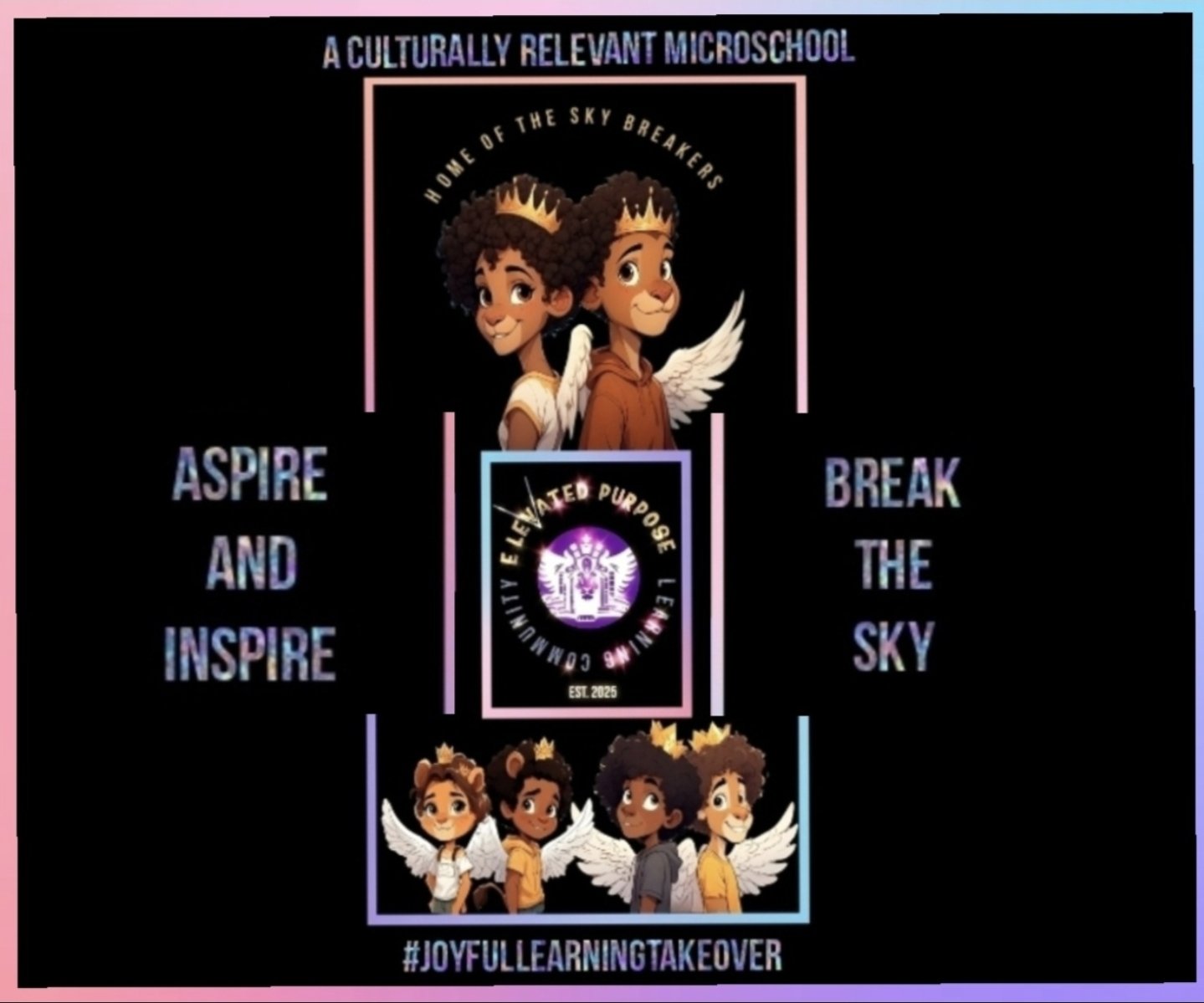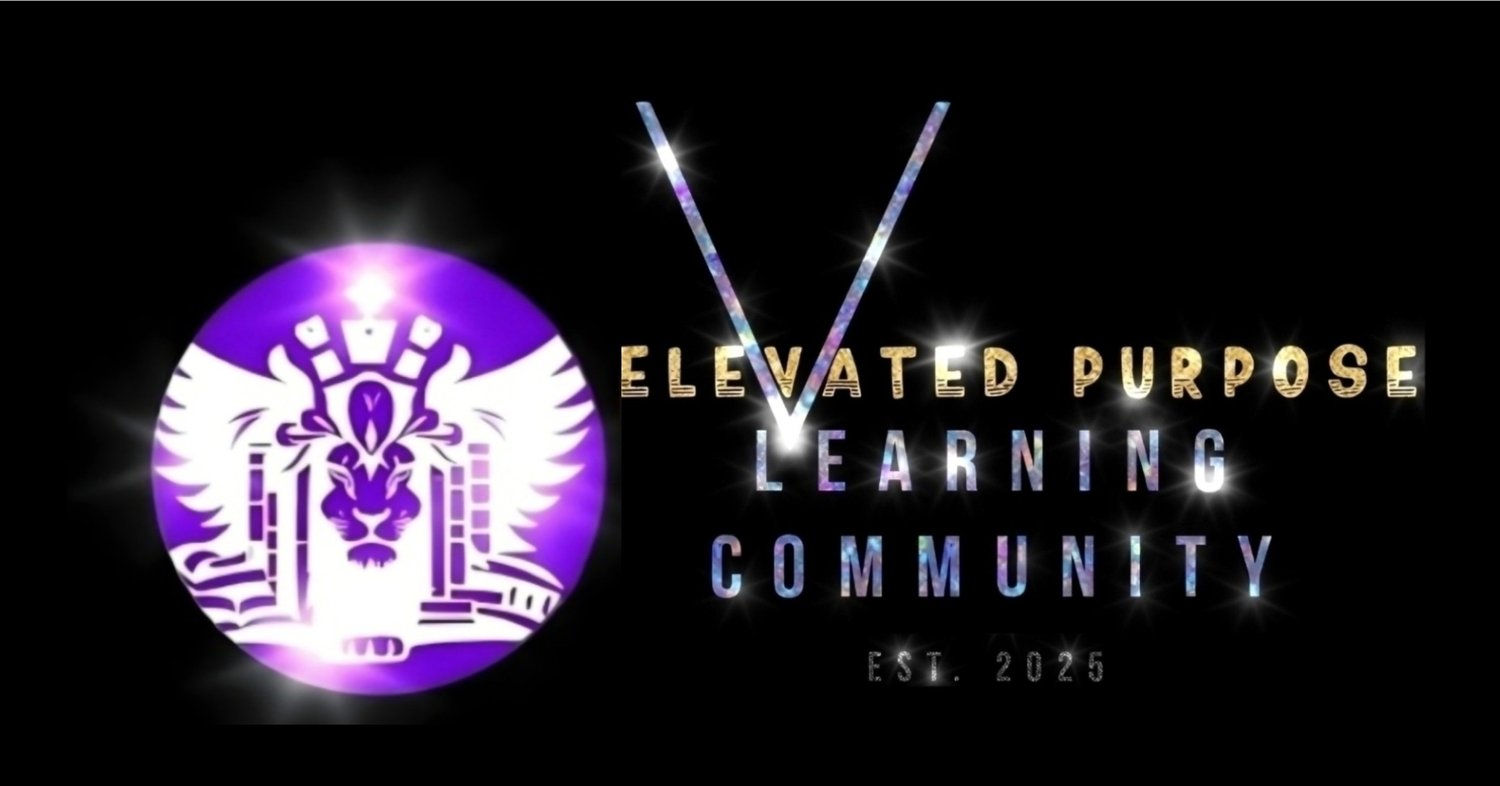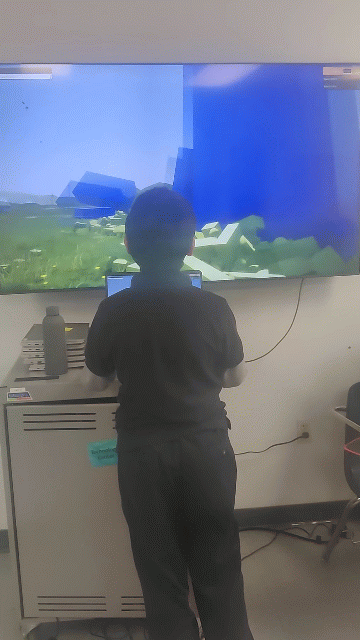
Academics
Learning at a pace that’s right for you
Play-based Learning
Play-based learning enhances engagement, deepens understanding, and develops critical skills like collaboration, creativity, and problem-solving. Examples:
1. Gamified Learning
Teachers incorporate game elements into lessons:
Math games (e.g., escape rooms, Jeopardy-style reviews)
Vocabulary or grammar games in language arts
Simulation games in social studies (e.g., model UN, historical role-plays)
2. Project-Based Learning with Playful Elements
Students engage in hands-on projects that include play:
Building prototypes (STEM)
Designing board games to demonstrate historical knowledge
Writing and performing skits or digital storytelling
3. Role-Playing & Simulations
Play is used for experiential learning:
Debates as historical figures or politicians
Mock trials in civics or ELA
Science experiments framed as “missions” or “quests”
4. Creative Expression through the Arts
Use of improv, drama, music, or art in core subjects
Creating comics, podcasts, or animations to explain concepts
5. Movement & Kinesthetic Learning
Active games for reviewing content (e.g., scavenger hunts)
Station rotations or interactive learning stations
STEM challenges like “marble runs” or “bridge-building contests”
6. Digital Play-Based Tools
Educational apps and simulations (e.g., Minecraft Education, Kahoot, Blooket)
Coding games or design tools for tech/robotics integration
7. Choice-Based Learning
Students are given playful choice and agency:
Passion projects
Genius Hour
Choice boards with playful options
In sum, play-based learning:
Honors students' growing need for independence and social interaction
Bridges academic rigor with creativity
Encourages exploration, experimentation, and joy in learning

